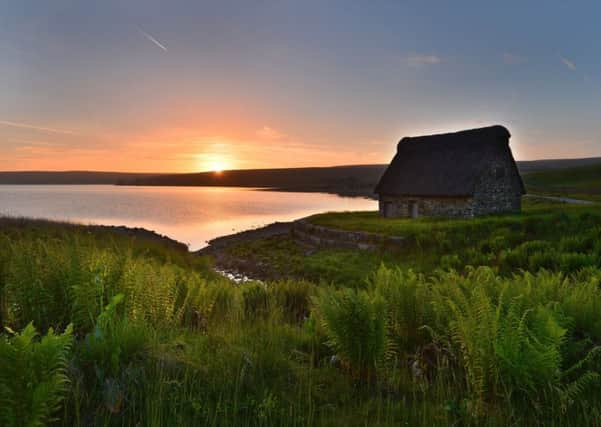Old photographs pay testament to fast fading way of life in Yorkshire Dales


The old Dales way of life portrayed by the late James Herriot and shown on TV screens worldwide is fast disappearing, but photographer D Mark Thompson managed to capture it by through regular trips to the Yorkshire Dales with his camera in the 1970s and 1980s.
Unlike many photographers he didn’t set out to record pretty chocolate-box images. Instead, he focused on the people who lived and worked there. And to augment his photographs he used cassette recorders to tape their voices and chronicle accounts of the harsh reality of living in the beautiful Dales.
Advertisement
Hide AdAdvertisement
Hide AdMore than four decades on, Thompson’s archive forms the basis of a stunning new book.
“Two years ago,” he writes in the preface, “I accidentally unearthed the contact negs and realised that perhaps with the passage of time the images had an importance of their own.
“Just how much had the Dales and its people actually changed in the thirty years since I formed my archive? Looking through recent work I became aware that although the landscape and villages had remained remarkably intact the way of life had moved on and those institutions and people that I was still photographing were fast becoming the last custodians of traditions stretching back well over a hundred years.”
Many photographs show Dalesfolk on farms or inside homes and pubs - their hard lives etched on weatherbeaten faces and poverty shown by crude living rooms and kitchens - and they recall the idiom that “a picture is worth a thousand words”. That’s certainly true of a sequence showing Ruby Harrison, who led a Hannah Hauxwell-like existence farming her nine-acre intake at Askwith in Wharfedale. But Thompson also recorded her words. “I am not frightened living here, oh no,” she told him. “I’ve got some right savage dogs, do you see?”
Advertisement
Hide AdAdvertisement
Hide AdLeafing through his book I had to remember that these images were taken in my lifetime. That they look older proves how little life changed in the Dales between the early years of the 20th century and the final decades.
Among my favourite stories is that of pub landlord Jim Carter, who ran the Cover Bridge Inn between Middleham and Leyburn with scant adherence to licensing laws. After eight warnings and a couple of fines, another police raid led to him again appearing in court. When the magistrate asked what officers had found, the sergeant replied to much amusement: “People laughing and enjoying themselves, my Lord.”
Another highlight is Kit Calvert, often described as the savour of the Wensleydale cheese industry, who translated the 23rd Psalm into Wensleydale dialect, beginning: “The Lord is my Shippherd; Ah’ll want for nowt.”
Heart of the Dales by D Mark Thompson is published by Hardraw Force Publishing, £24.99.